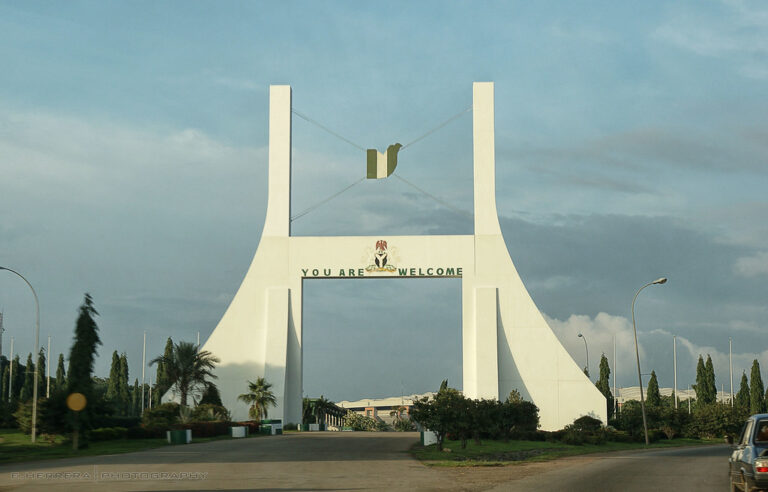In 1991, Nigeria witnessed a monumental shift as its federal capital was relocated from Lagos to the emerging city of Abuja. It was a decision rooted in the pursuit of unity, progress, and a vision for a modern Nigeria.
Marked by an unforgettable date, December 12, 1991, the relocation was a culmination of years of planning and infrastructure development. The Nigerian government recognized the need for a new capital that could accommodate the growing demands of a rapidly expanding nation. Lagos, the former capital, had become overcrowded, congested, and lacked the necessary infrastructure to sustain the burgeoning population.
READ ALSO: The Lagos Library, And Other Essential Private and Public Libraries In Lagos
Various factors led to the selection of Abuja as the new capital. The city’s central location, along with its vast landmass, provided ample room for development. The government believed that moving the capital inland would help bridge the divide between the north and the south, fostering a sense of national unity. It was an opportunity to create a neutral ground that could transcend the divisions of ethnicity and religion that had historically plagued Nigeria.
The relocation involved a vast array of stakeholders. From architects and urban planners to engineers and construction workers, countless individuals contributed to the vision’s realization. Former President Ibrahim Babangida played a significant role, overseeing the planning and execution of this historic move.
The relocation of Nigeria’s federal capital to Abuja was more than just a physical shift. It symbolized Nigeria’s determination to forge a new path, embracing progress, and fostering national unity. Today, Abuja stands as a testament to the nation’s resilience, a thriving metropolis that showcases Nigeria’s aspirations for a brighter future.


One Reply to “How Nigeria’s Federal Capital Was Relocated to Abuja”